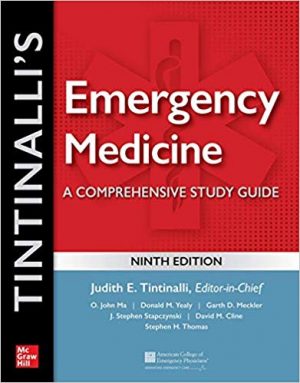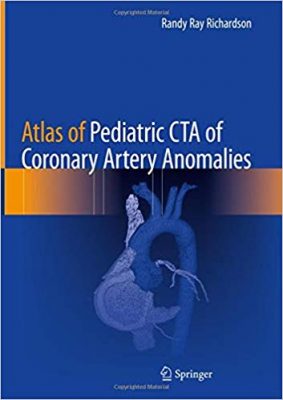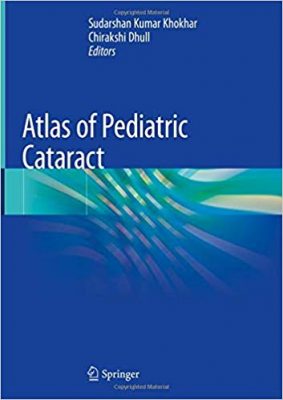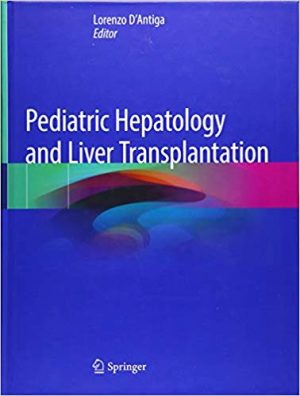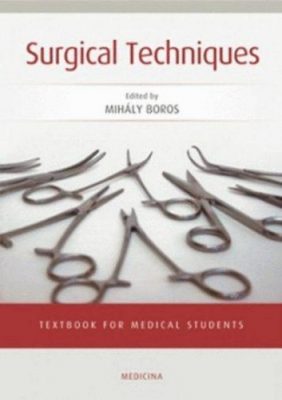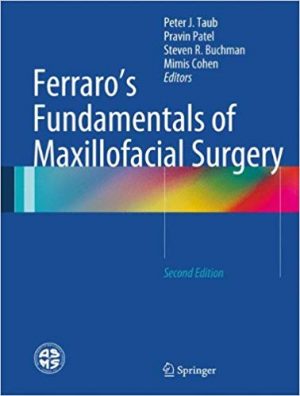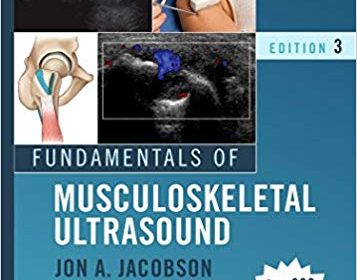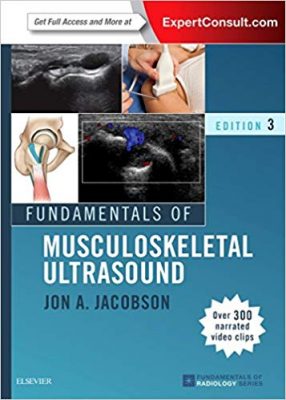Human Physiology: From Cells to Systems 4TH CANADIAN EDITION
Human Physiology: From Cells to Systems 4TH CANADIAN EDITION
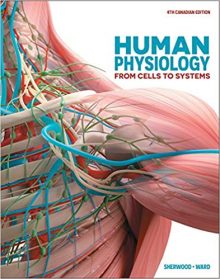
TABLE OF CONTENTS Chapter 1: The Foundation of PhysiologyChapter 2: Cell PhysiologyChapter 3: The Central Nervous SystemChapter 4: The Peripheral Nervous System: Sensory, Autonomic, SomaticChapter 5: Principles of Endocrinology: The Central Endocrine GlandsChapter 6: The Endocrine GlandsChapter 7: Muscle PhysiologyChapter 8: Cardiac PhysiologyChapter 9: Vascular PhysiologyChapter 10: The BloodChapter 11: Body DefencesChapter 12: The Respiratory SystemChapter 13: The Urinary SystemChapter 14: Fluid and Acid-Base BalanceChapter 15: The Digestive SystemChapter 16: Energy Balance and Temperature RegulationChapter 17: The Reproductive SystemAppendix A: Système Internationale/Physiological MeasurementsAppendix B: A Review of Chemical PrinciplesAppendix C: Storage, Replication, and Expression of Genetic InformationAppendix D: Principles of Quantitative ReasoningAppendix E: Answers to End-of-Chapter Objective Questions, Quantitative Exercises, Points to Ponder, and Clinical ConsiderationsAppendix F: Reference Values for Commonly Measured Variables in Blood and Commonly Measured Cardiorespiratory VariablesAppendix G: A Deeper Look into Chapter 12: The Respiratory SystemGlossaryIndex
DOWNLOAD THIS BOOK
FOR MORE BOOKS VISIT EDOWNLOADS.ME









